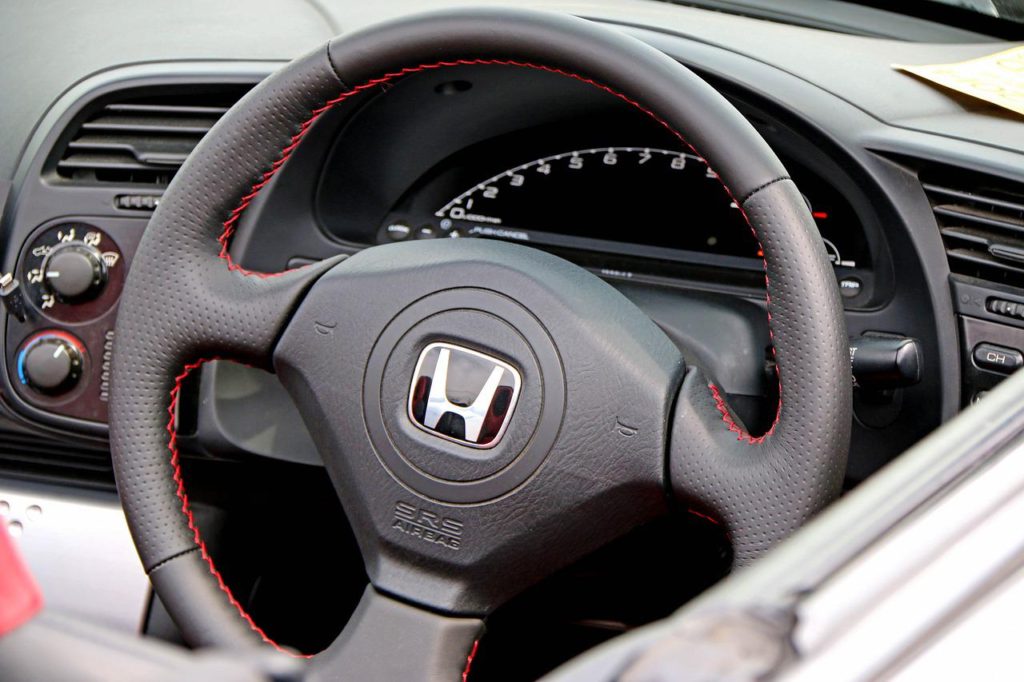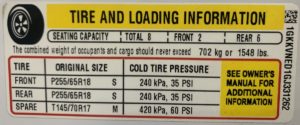honda cr-v tire pressure monitoring system (tpms)
Honda’s Tire Pressure Monitoring System (TPMS) in its 2016 Honda CR-V, monitors and compares the rolling radius and rotational characteristics of each wheel and tire while you are driving. This system determines if one or more tires are under-inflated. If triggered by under-inflated tires, the TPMS indicator will come on, appearing on the display of the dash. The TPMS is turned on automatically every time you start the engine of the car. When driving at low speeds, the system does not monitor the tires. If the ambient temperature or altitude changes (tires will become under-inflated in colder weather), this will affect the tire pressure, which will trigger the TPMS/ low tire pressure indicator to come on. If the opposite happens and tires become over-inflated due to warm weather, the tire pressure system will not come on.
TPMS CALIBRATION
- When the spare tire is installed TPMS cannot be calibrated, and the tire pressure light will likely stay on.
- It’s recommended that when tires or wheels are replaced, to replace with the same model, brand, and size as the original wheels and tires.
- The calibration process usually works immediately, if not, sometimes the Honda CR-V will need to be driven for about 30 minutes between 30-60 MPH.
- If snow chains are installed on tires, it’s recommended to remove them before beginning the calibration process.
- If you calibrate the tires of the Honda CR-V, then change the load on the tires, such as towing a trailer or in any way adding excessive weight to the vehicle, the TPMS indicator may come on with a delay or may not come on at all.
BEFORE CALIBRATING THE TPMS:
 Set the cold tire pressures on all four tires. This means setting your tire pressures before driving. Make sure the car is in the park and at a complete stop.
Set the cold tire pressures on all four tires. This means setting your tire pressures before driving. Make sure the car is in the park and at a complete stop.
CALIBRATE THE TIRES OF YOUR HONDA CR-V WHENEVER:
HOW TO CALIBRATE TPMS:
Adjust the tire pressures to the required specification found on the inside of the driver-side door.
On the left side of the steering wheel, below the green “ECON” button, hold the TPMS button down. The tire pressure light will blink about three times. Once done blinking, release the button. If the tire pressure indicator does not blink, the TPMS calibration did not work. Follow this procedure again if calibration is not successful the first time. Read this article to learn what a constant blinking TPMS light means.




